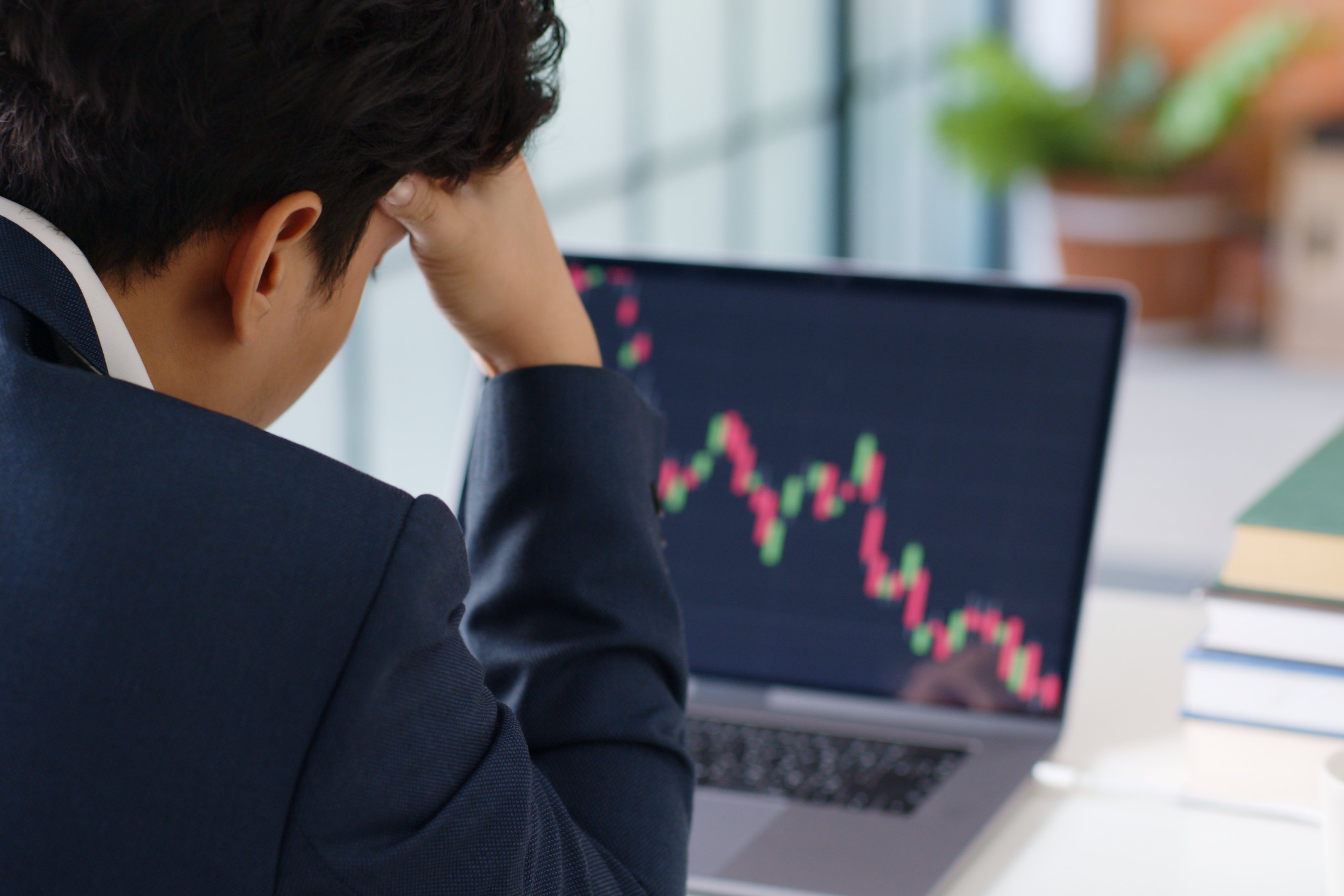Wall Street has gotten extremely twitchy recently for a host of real-world reasons, but this week, a more obscure recession warning bell sounded: the yield curve inverted. To be clear, this is an effect, not a cause, of pessimistic investor sentiment -- but at the same time, fear breeds more fear.
In this segment of the MarketFoolery podcast, host Chris Hill and senior analyst Emily Flippen describe why it's a danger sign that five-year Treasury notes are yielding less than three-year notes, and how investors might want to adapt their strategies as a result.
A full transcript follows the video.
This video was recorded on Dec. 4, 2018.
Chris Hill: You and I were talking this morning about something that has gotten some attention this morning. I wanted to get your thoughts on this. It's something that we rarely, if ever, talk about on this podcast.
Emily Flippen: Well, it rarely, if ever, happens. [laughs]
Hill: Fair point! But, the yield curve. Explain to the dozens of listeners what's happening today.
Flippen: Sure. We say today that the yield curve on the five-year Treasury note fell below the three-year note. Essentially, what we normally see happen is, if you're going to lock your money up for five years, you're going to demand a higher premium than if you do three years. It's strange, if ever, when it happens that a three-year note has a higher yield than a five-year note, or a 60-day bond to a 10-year bond. It's just stuff that, when you think about a market, shouldn't happen.
When this happens, it's considered by many investors a very strong predictor of a recession. It's important to note that a lot of people saw this coming for a long time. The yield curve has been flattening, largely due to the fact that interest rates have been rising. We talk a lot about investor fears and investor sentiment. That pays into it a lot. When you think about an investor, if you're scared about the economic growth for the next 10 years, you're going to buy a 10-year note, something that locks up your money with a guaranteed rate of return for a long period. What that does is, it pushes down rates on the earlier notes, which causes the Fed to raise the rates on those notes to try to get more investors to buy into the shorter-term notes, which in turn raises those rates and causes an inverse yield curve.
When I think about it, I don't like to think about it as being a predictor of a recession as much as it is a predictor of the economic conditions that make a recession more likely. Ultimately, all it's doing is reflecting the fears and concerns that we have as investors.
Hill: When I hear the indicators are that a recession is more likely, in terms of stocks, as someone who is not looking to invest in three-year bonds, five-year bonds, 10-year bonds, I'm just not -- as someone interested in stocks, when I think about that, one of the first places that my mind goes is discretionary spending stocks. For me, the classic example is Dave & Buster's. I look at Dave & Buster's as a business that almost certainly is doing better in booming economic times than in recession times. Does the increased likelihood of a recession affect your thinking at all as an investor? Even so far as, "These stocks I was looking at, I'm going to put them on the back burner and I'm going to pay a little bit more attention to these other stocks that I think might do better during a recession."
Flippen: I had a great conversation with my colleague Jim Mueller today. He talked a bit about that same thing. We look at the economy and we think, "Oh, the economy is going to do poorly. I'm not going to buy into discretionary stocks." But it's important to remember that we're long-term investors. As Jim pointed out, a recession, even the Great Recession, doesn't last three to five years. You don't see something that's protracted that long. The stocks all made comebacks. So, I agree with you to the extent that it doesn't really matter to me. I'm going to be buying all the way to the bottom.
I do think that it's interesting when you think about the different plays you can make in a market that is maybe in the later stages of an economic cycle vs. very early on. For example, very early on, buying into the homebuyers like Toll Brothers; and the later stages, maybe not buying into Dave & Buster's. But ultimately, as long as you're buying into stocks and companies that you're confident about, and you're planning on holding them over the long-term, blips like recessions, which really are blips in the long run --
Hill: In the short-run, though, boy, they hurt!
Flippen: In the short run, they're very hard to deal with. I think it's important to think back to the recession that we saw in 2008. People will say, "Oh, the yield curve inversed before that recession. It's a predictor of the recession." You'll note that the yield curve inversed in December 2005, almost three full years before the recession. And it was more of a reflection of the fact that the Fed was rising the short-term rates because they saw low rates were causing a bubble in the housing market, and they were trying to deal with that. It was a representation of those consumer fears. The yield curve itself does not cause the recession. It's a symptom of a larger problem that we're seeing.





